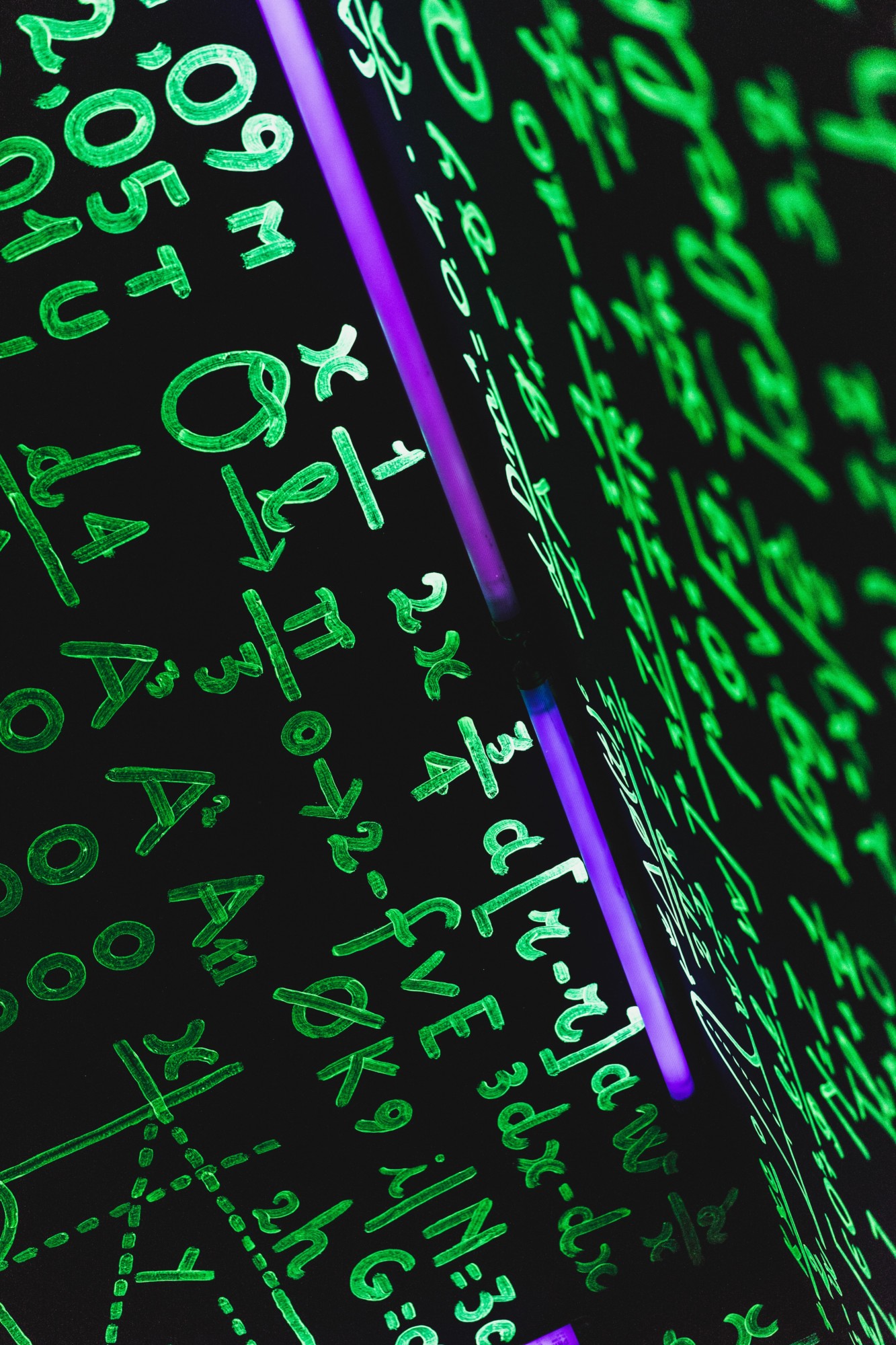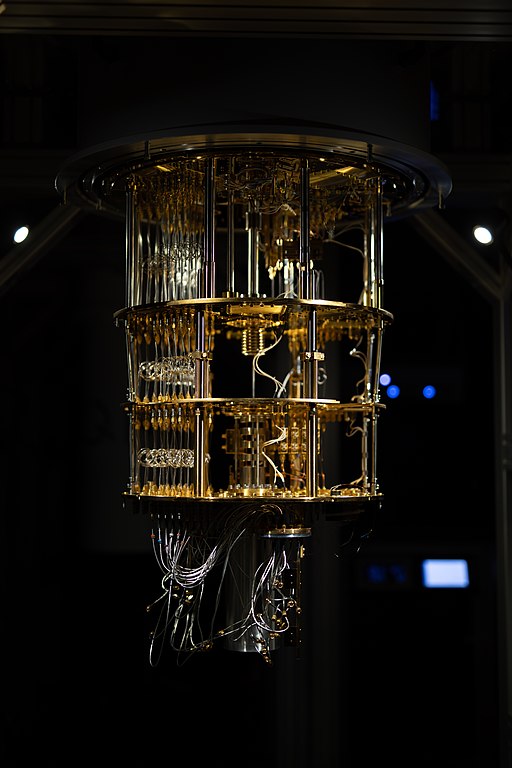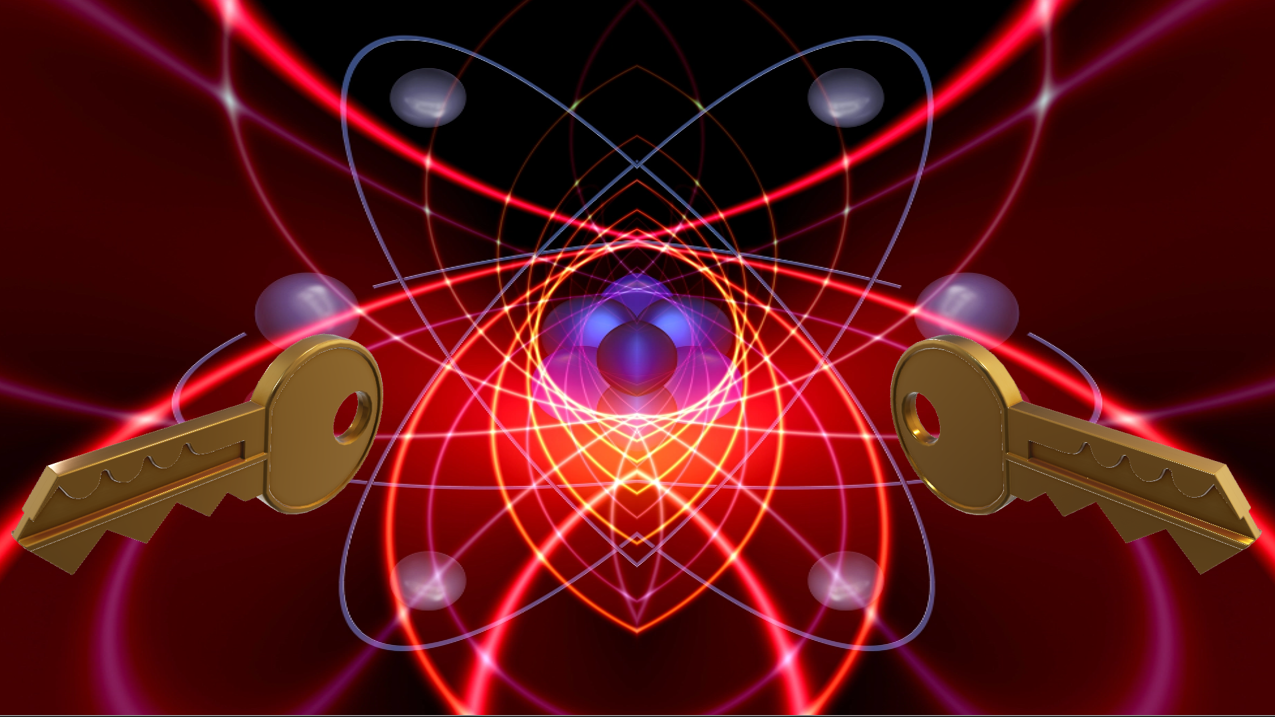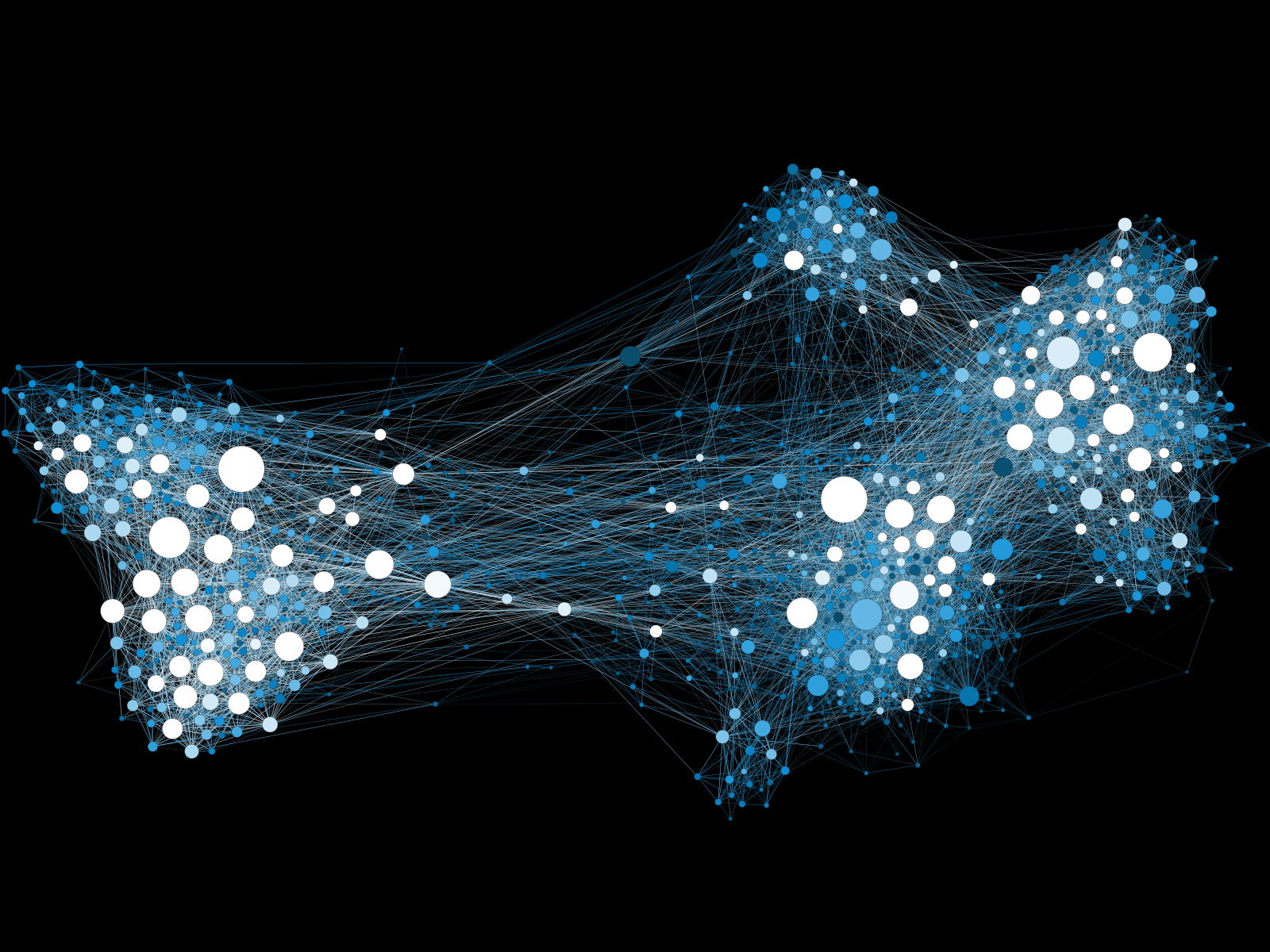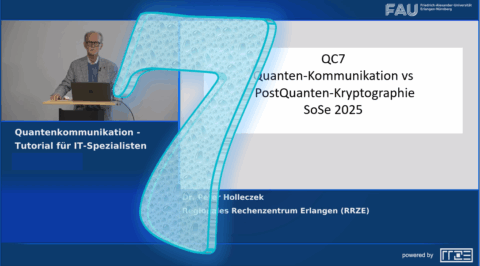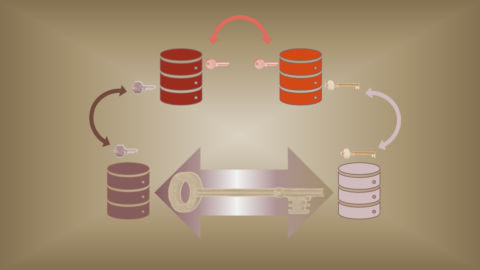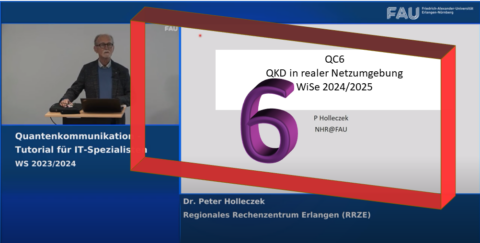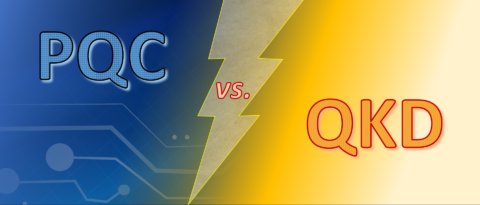Quantum Technology
The foundations of quantum physics were developed in the first half of the 20th century. These early discoveries include the quantization of light, the uncertainty principle and the particle-wave duality. Other discoveries from quantum mechanics include the tunneling effect of electrons and the giant magnetoresistance (GMR). The GMR effect can be used in reading heads of HDD hard disks. In medical technology spin properties of atomic nuclei are used to generate images from within a body. Furthermore semiconductor technology is based upon quantum physics.
These technologies are based on the quantum mechanical effects of multiple quantum particles such as electrons. This is also called the first quantum revolution.
The targeted manipulation, measurement and control of individual quantum particles, on the other hand, is the subject of the so-called second quantum revolution. There quantum mechanical phenomena such as quantum entanglement and quantum teleportation are used in practical applications. One of the most significant areas of this revolution, which is the subject of current research and development, is the quantum computer. Its computational power could for certain tasks far exceed that of currently used supercomputers. Among other things, this could enable more accurate weather forecasts, facilitating the decoding of large molecular structures or affect the security of current cryptography. The no-cloning theorem is another quantum phenomenon that can be used to realize tap-proof encrypted connections.

